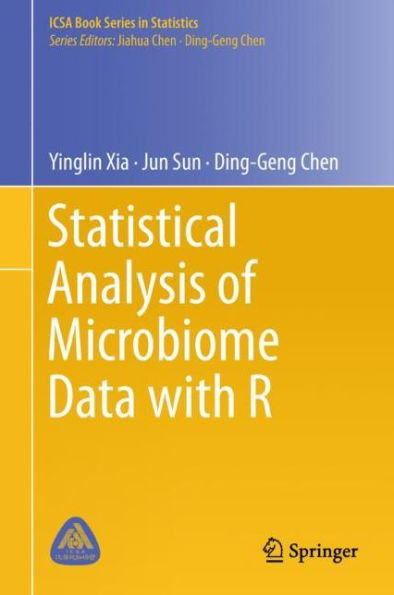5
1
9789811315336



Statistical Analysis of Microbiome Data with R available in Hardcover, eBook

Statistical Analysis of Microbiome Data with R
- ISBN-10:
- 9811315337
- ISBN-13:
- 9789811315336
- Pub. Date:
- 10/07/2018
- Publisher:
- Springer Nature Singapore
- ISBN-10:
- 9811315337
- ISBN-13:
- 9789811315336
- Pub. Date:
- 10/07/2018
- Publisher:
- Springer Nature Singapore

Statistical Analysis of Microbiome Data with R
$169.99
Current price is , Original price is $169.99. You
169.99
In Stock

Product Details
| ISBN-13: | 9789811315336 |
|---|---|
| Publisher: | Springer Nature Singapore |
| Publication date: | 10/07/2018 |
| Series: | ICSA Book Series in Statistics |
| Edition description: | 1st ed. 2018 |
| Pages: | 505 |
| Product dimensions: | 6.10(w) x 9.25(h) x (d) |
From the B&N Reads Blog
